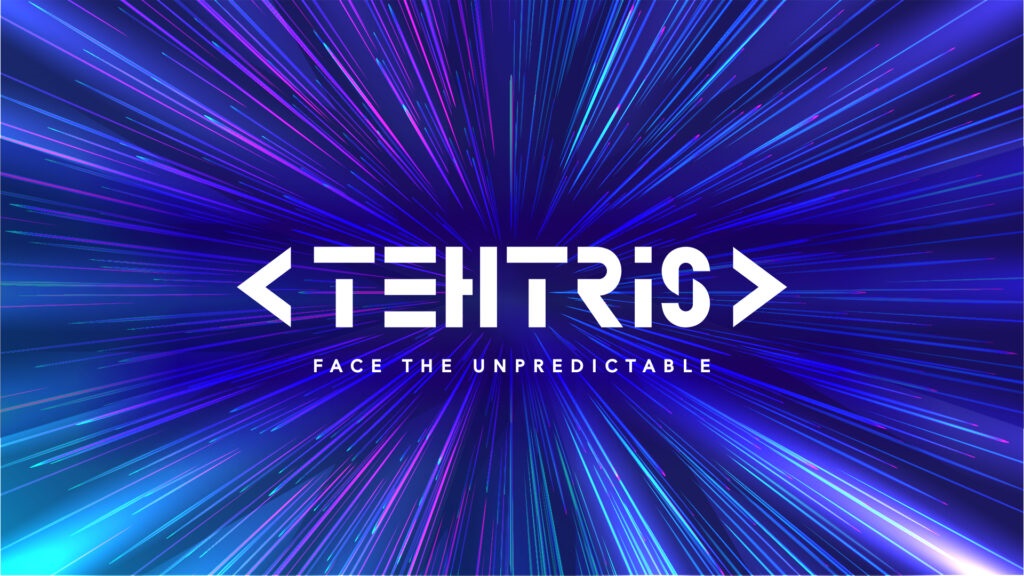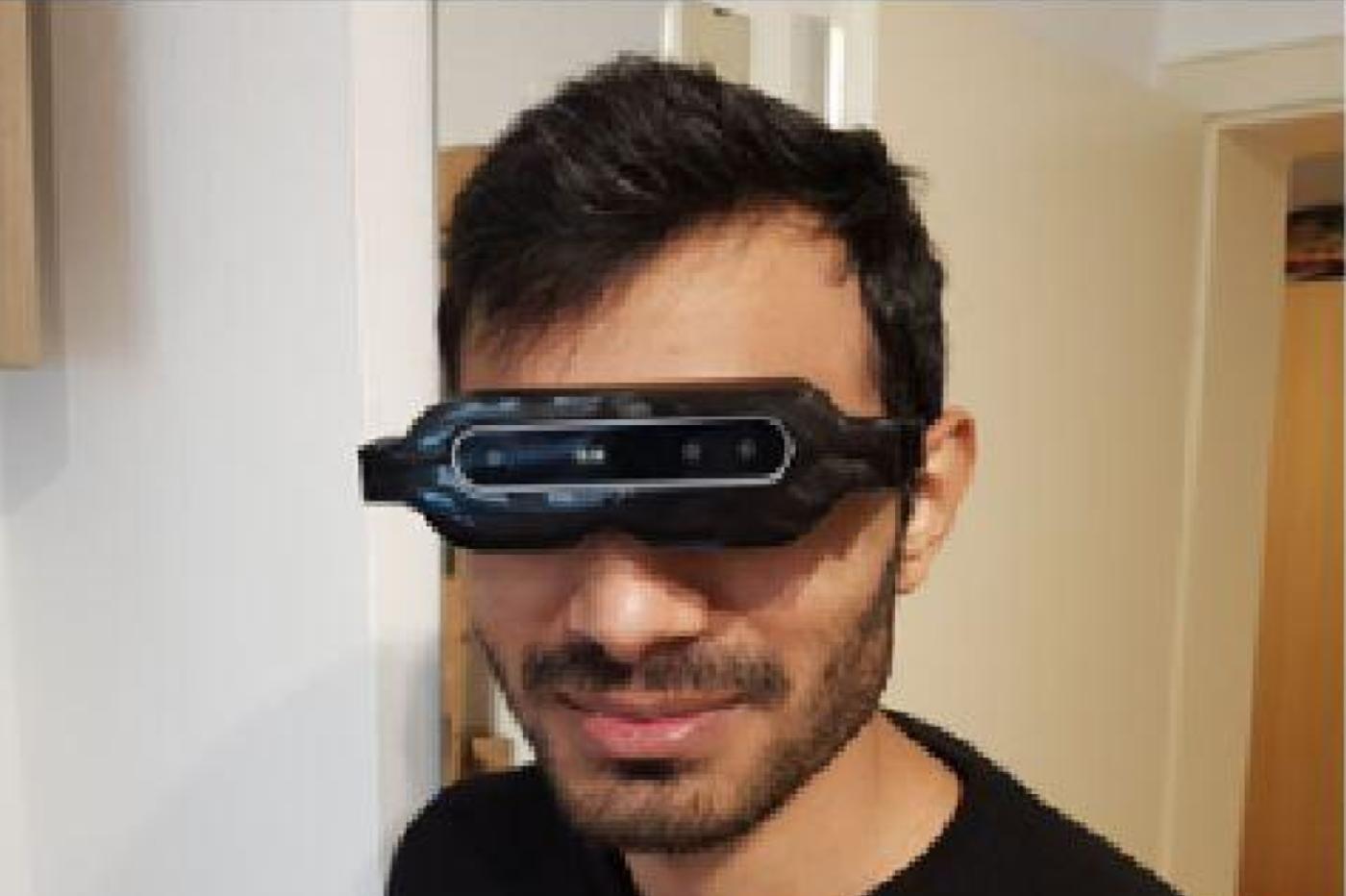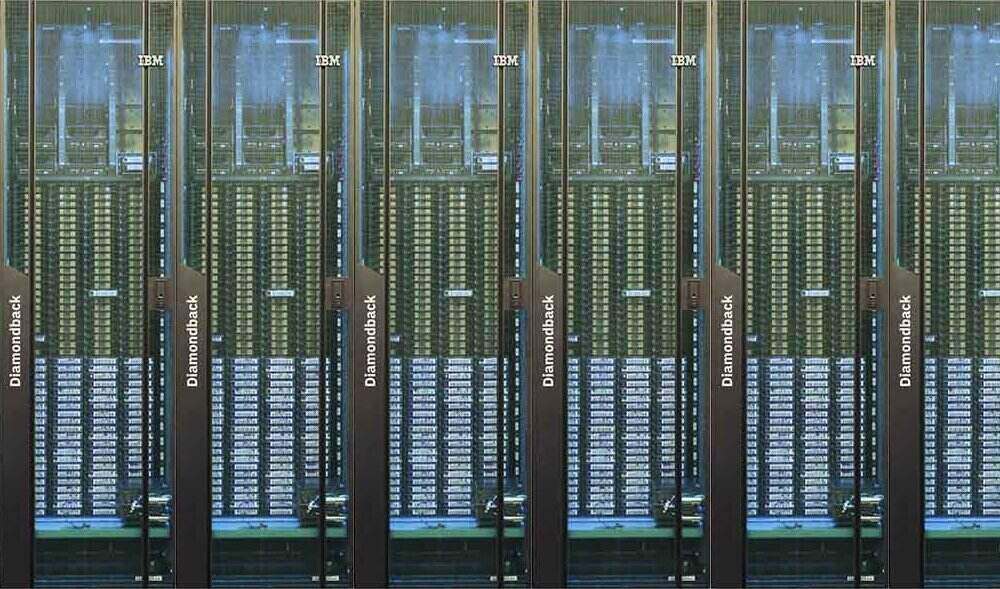
Cybersecurity faces important gaps to fill, important challenges such as those that allude to identities and endpoints. The reality is that three-quarters of security and risk management experts say they are looking for a vendor consolidation strategy for cybersecurity technology stacksand 22% intend to carry it out by 2025.
The main areas on which to consolidate the security strategy are in 56% of the cases the data platforms (DSP), in 50% the cloud native application protection platforms (CNAPP), in 45% the identity and access management (IGA, AM, PAM), in 43% extended detection and response (XDR) and in 37% secure access services (SASE).
In this senseAI appears on the scene as a fundamental tool to stay competitive in the field of cybersecurity. There are already many cybersecurity providers that have integrated AI into their core platforms, such as CylanceENDPOINT, Cisco, CrowdStrike, CyberArk, Cybereason, Ivanti, McAfee or Microsoft among others.
The 10 effective technologies for cybersecurity
Cybercriminals are continually exploring systems to improve their attack techniques without being detected, so AI and ML are here to provide real-time detection and automated responses. In relation to this, the most efficient technologies to help CISOs are the following:
Endpoint Detection and Response (EDR)
This technology addresses the challenges of detecting and responding to the most advanced threats, using behavioral analysis to detect attacks in real time. Similarly, EDR is effective in helping security teams detect and respond to ransomware and other attack techniques that can evade traditional antivirus and applications.
Endpoint Protection Platforms (EPP)
EPP is effective in combating emerging threats and new malware vulnerabilities. They enable advanced analytics and greater visibility and control of endpoints.
Extended Detection and Response (XDR)
This technology allows you to aggregate and correlate security alerts and telemetry from an organization’s endpoints, network, cloud, and other data sources. This tool outperforms legacy security tools in threat detection, investigation, and automated response, reducing costs and increasing the efficiency of security operations.
Identity Threat Detection and Response (ITDR)
ITDR platforms protect a company’s identity infrastructure from sophisticated attacks. They help organizations monitor, detect, and respond to identity threats as identity systems become more critical and more vulnerable.
Mobile Threat Defense (MTD)
This technology protects smartphones and other devices from advanced threats that can bypass traditional security controls such as phishing, real-time zero-day threats, and advanced attack techniques that rely on identity theft and email credentials. privileged access.
microsegmentation
It restricts lateral movement during a breach by separating workloads by identity. It also reduces unauthorized workload communication and the blast radius of an attack.
Secure Access Service Edge (SASE)
SASE enables consolidation plans to be streamlined while taking Zero Trust Network Access (ZTNA) into account, securing endpoints and identities.
Secure Service Perimeter (SSE)
This technology enables the protection of SaaS, web and private applications. SSE integrates Secure Web Gateway (SWG), Cloud Access Security Broker (CASB), and ZTNA into a single cloud platform. In addition, SSE allows to simplify, secure and improve the experiences of remote users.
Unified Endpoint Security (UES)
Its employability enables protection of all endpoint devices, including PCs, mobile devices, and servers. It solves the inherent problems with decentralized tools such as visibility, detection and limited responses.
Zero Trust Network Access (ZTNA)
ZTNA technology empowers least-privileged access to every application, resource, and endpoint on a network while monitoring all network activity. Restricts connections to any asset, endpoint, or resource to authorized users, devices, and applications based on verified identity and context.



